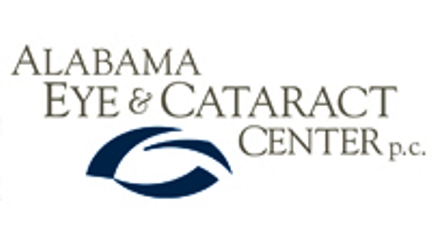


 In recognition of the American Academy of Ophthalmology's January Glaucoma Awareness Month, Ophthalmologist Jennifer Michelson, M.D. of Alabama Eye & Cataract Center, P.C. shared useful information for patients to help build awareness for those at increased risk of vision loss from glaucoma as well as patients already suffering from this incurable potentially blinding but treatable eye disease.
In recognition of the American Academy of Ophthalmology's January Glaucoma Awareness Month, Ophthalmologist Jennifer Michelson, M.D. of Alabama Eye & Cataract Center, P.C. shared useful information for patients to help build awareness for those at increased risk of vision loss from glaucoma as well as patients already suffering from this incurable potentially blinding but treatable eye disease. 
